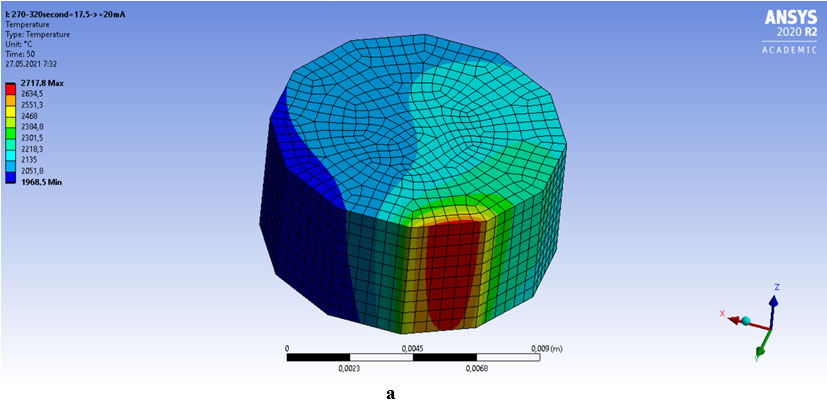Physics of high-speed electron-beam sintering of homogeneous and heterogeneous high-temperature materials
The development is devoted to high-speed electron-beam sintering of samples from metal and metal-ceramic materials based on refractory compounds. The basic laws of structure formation in the conditions of electron-beam sintering of metal and metal ceramic materials are established. Computer simulation methods have been used to study the effect of porosity and porous structure of samples sintered under electron-beam sintering conditions on their temperature field and thermal conductivity. The influence of electron-beam heating parameters on the value of residual macrostresses and microstresses in the material is investigated. The analysis of the stress-strain state of the presses obtained by electron-beam sintering and its influence on the densification processes is carried out. It is shown that the presence of residual stresses has a direct effect on the passage of structural and subsequent plastic deformation of samples of different nature. It is established that the mechanisms of high-speed densification during local electron beam heating of presses made of metal and metal-ceramic materials are associated with the occurrence of internal residual stresses as a result of thermal expansion of the material. It is shown that maintaining the integrity of the workpiece and its intensive compaction under local heating becomes possible in the case when thermal expansion in the volume of cylindrical sample causes stresses that do not exceed the strength of the material. The obtained results allowed to develop the foundations of a fundamentally new technology of high-speed electron-beam sintering of multifunctional composite materials based on a wide range of refractory metals and compounds, which will bring this technology to the industrial level in the future.

| Attachment | Size |
|---|---|
| 236.13 KB |




